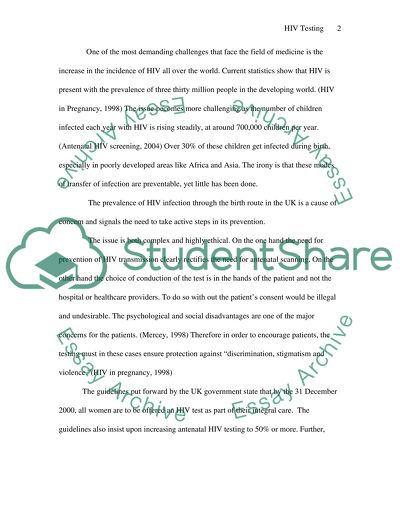Cite this document
(“HIV Testing Essay Example | Topics and Well Written Essays - 1000 words”, n.d.)
HIV Testing Essay Example | Topics and Well Written Essays - 1000 words. Retrieved from https://studentshare.org/miscellaneous/1499245-hiv-testing
HIV Testing Essay Example | Topics and Well Written Essays - 1000 words. Retrieved from https://studentshare.org/miscellaneous/1499245-hiv-testing
(HIV Testing Essay Example | Topics and Well Written Essays - 1000 Words)
HIV Testing Essay Example | Topics and Well Written Essays - 1000 Words. https://studentshare.org/miscellaneous/1499245-hiv-testing.
HIV Testing Essay Example | Topics and Well Written Essays - 1000 Words. https://studentshare.org/miscellaneous/1499245-hiv-testing.
“HIV Testing Essay Example | Topics and Well Written Essays - 1000 Words”, n.d. https://studentshare.org/miscellaneous/1499245-hiv-testing.


